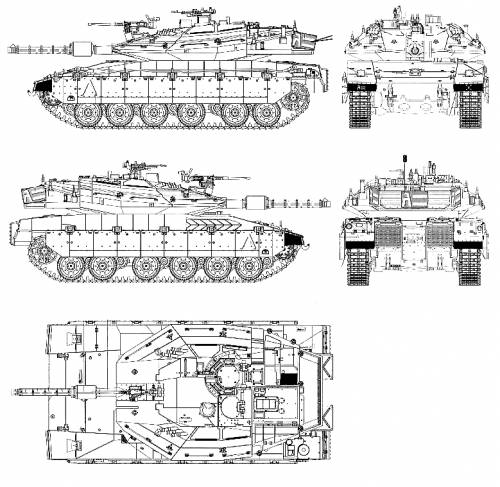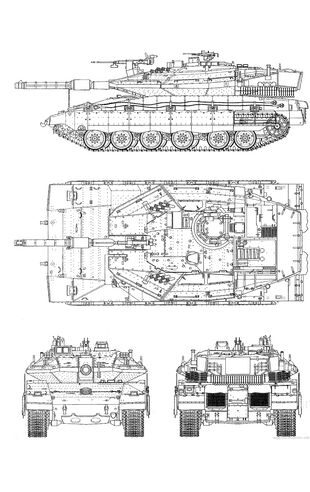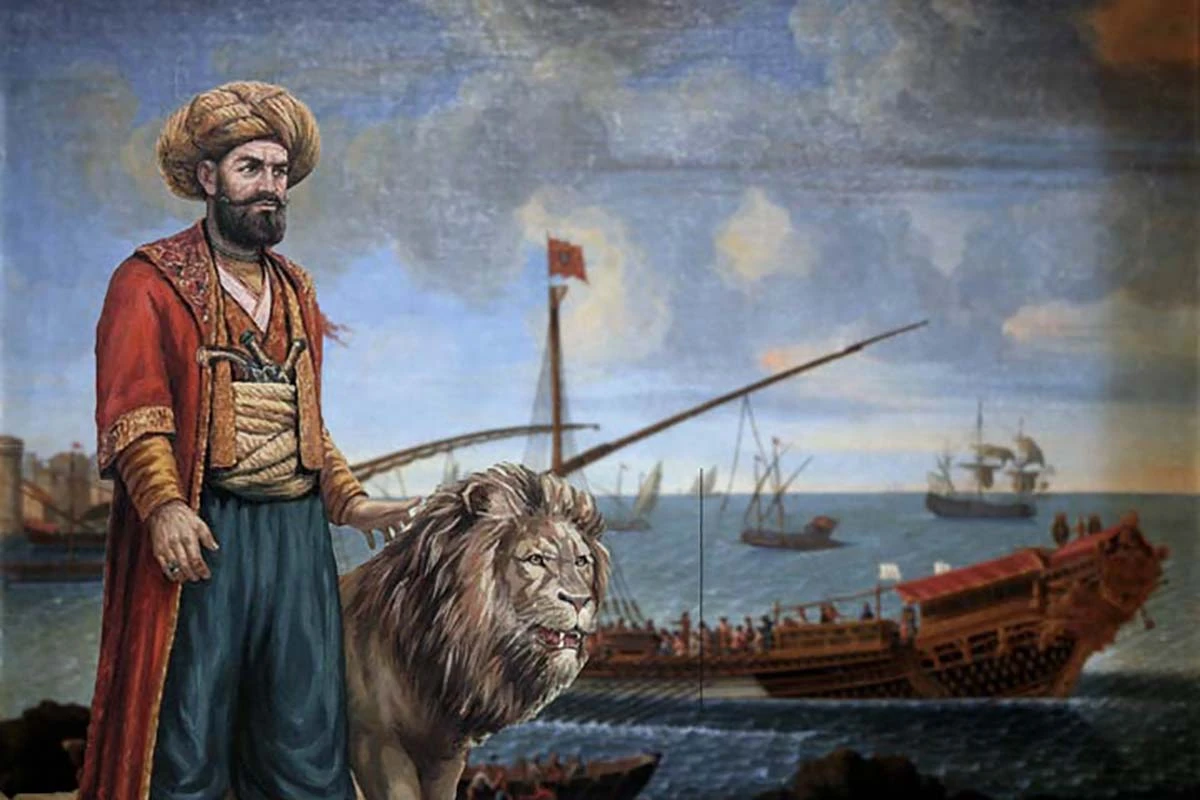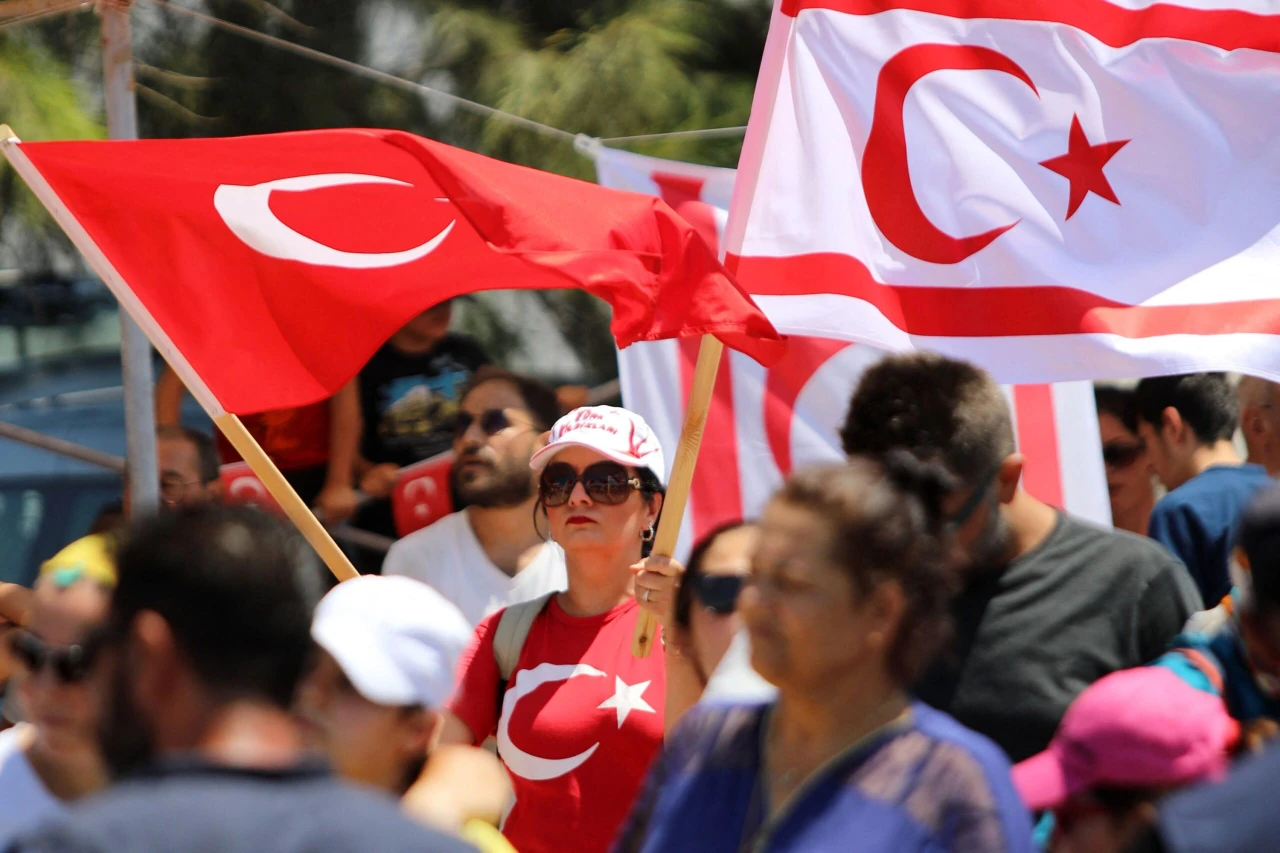Merkava: Closer look at Israel’s battle tanks
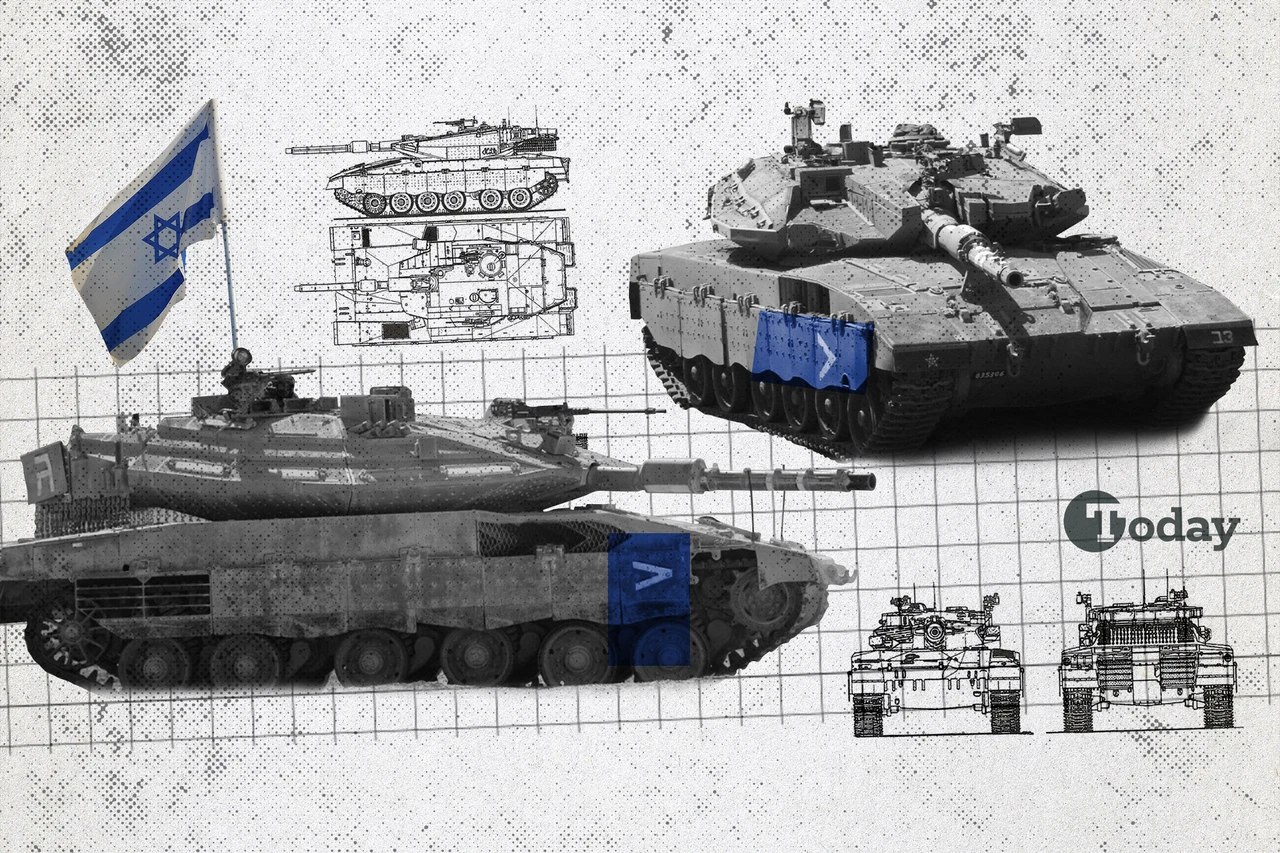 Israeli Merkava tank. (Image by Tugce Atmaca/Türkiye Today)
Israeli Merkava tank. (Image by Tugce Atmaca/Türkiye Today)
Since its introduction in 1979, the Merkava tank has served as the cornerstone of Israel’s armored forces. Designed with a focus on crew protection and operational versatility, the Merkava has undergone several upgrades, culminating in the latest model, the Merkava Mark 4 Barak.
Although there is no official data on how many Merkava tanks Israel has lost during its operations in Gaza and Lebanon, the footage released by Hamas and Hezbollah suggests that dozens of tanks have been “destroyed” or “seriously damaged”.
Since Israel follows a policy of severe censorship of the media in relation to its military activities, it is obvious that as long as no such information is released by official authorities, one can only make assumptions based on the images released by Hamas and Hezbollah.
Until last year, Merkava tanks were not pursuing any exports, but last year Israel announced that it would export Merkava 3 tanks to two unnamed countries. While the possibility that one of these countries was Greek Cyprus was frequently mentioned, the other was claimed to be Morocco. The current fate of the sale is unknown.
Evolution of Merkava: From Mark 1 to Mark 4
The Merkava series began with the Merkava Mark 1, developed in the 1970s in response to the challenges faced by the Israeli army in securing reliable foreign tank supplies.
After a canceled deal with the British for Chieftain tanks, Israel sought to develop its own indigenous tank, prioritizing crew safety and adaptability for local combat conditions.
The Mark 1 saw its first action in the 1982 Lebanon War. Over the decades, the tank has evolved through four major versions:
- Merkava Mark 1 (1979): The original model with a 105 mm rifled gun and a design emphasizing crew protection.

- Merkava Mark 2 (1982): Introduced with enhanced armor and a focus on improved survivability in urban warfare.
- Mark IIB: Equipped with thermal optics and unspecified updates to the fire control system.
- Mark IIC: Has more armor on the top of the turret to improve protection against attack from the air.
- Mark IID: Equipped with modular composite armor on the chassis and turret, allowing rapid replacement of damaged armor.
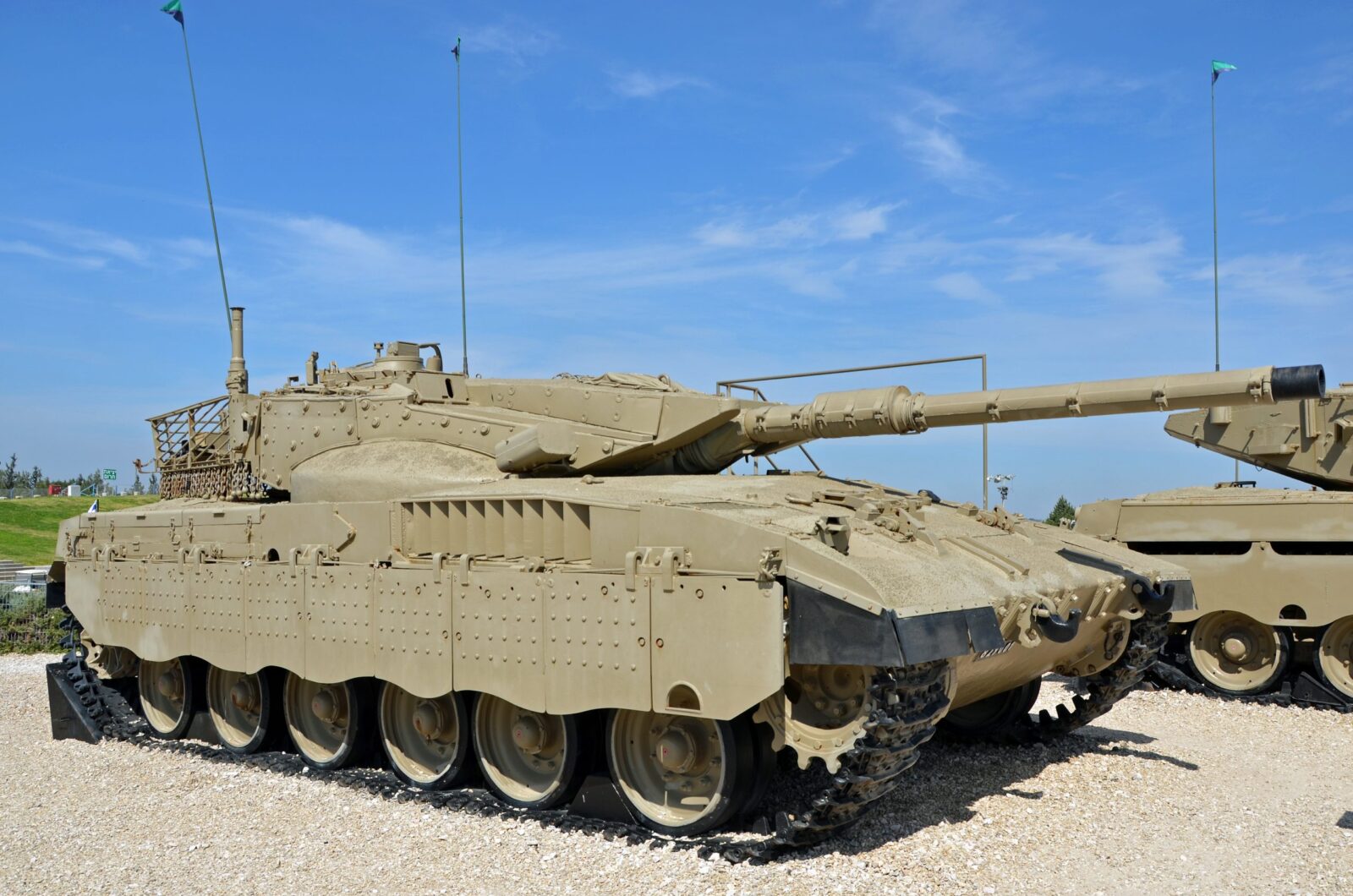
- Merkava Mark 3 (1990): Upgraded with a 120 mm smoothbore gun and an advanced fire control system.
- Mark 3 BAZ: This variant had several updates and added systems including NBC protection systems. Locally developed central air-conditioning system. Added improvements in ballistic protection. The Mark 3D has removable modular composite armor on the chassis and turret.
- Mark 3D Dor-Dalet: This variant features upgraded and reinforced tracks built by Caterpillar and designed in Israel. It includes the Rafael Overhead Weapon Station, which provides independent, fully stabilized, panoramic sights for the commander, enabling a “hunter-killer” capability. Both the gunner and commander are equipped with advanced thermal imagers for enhanced targeting.
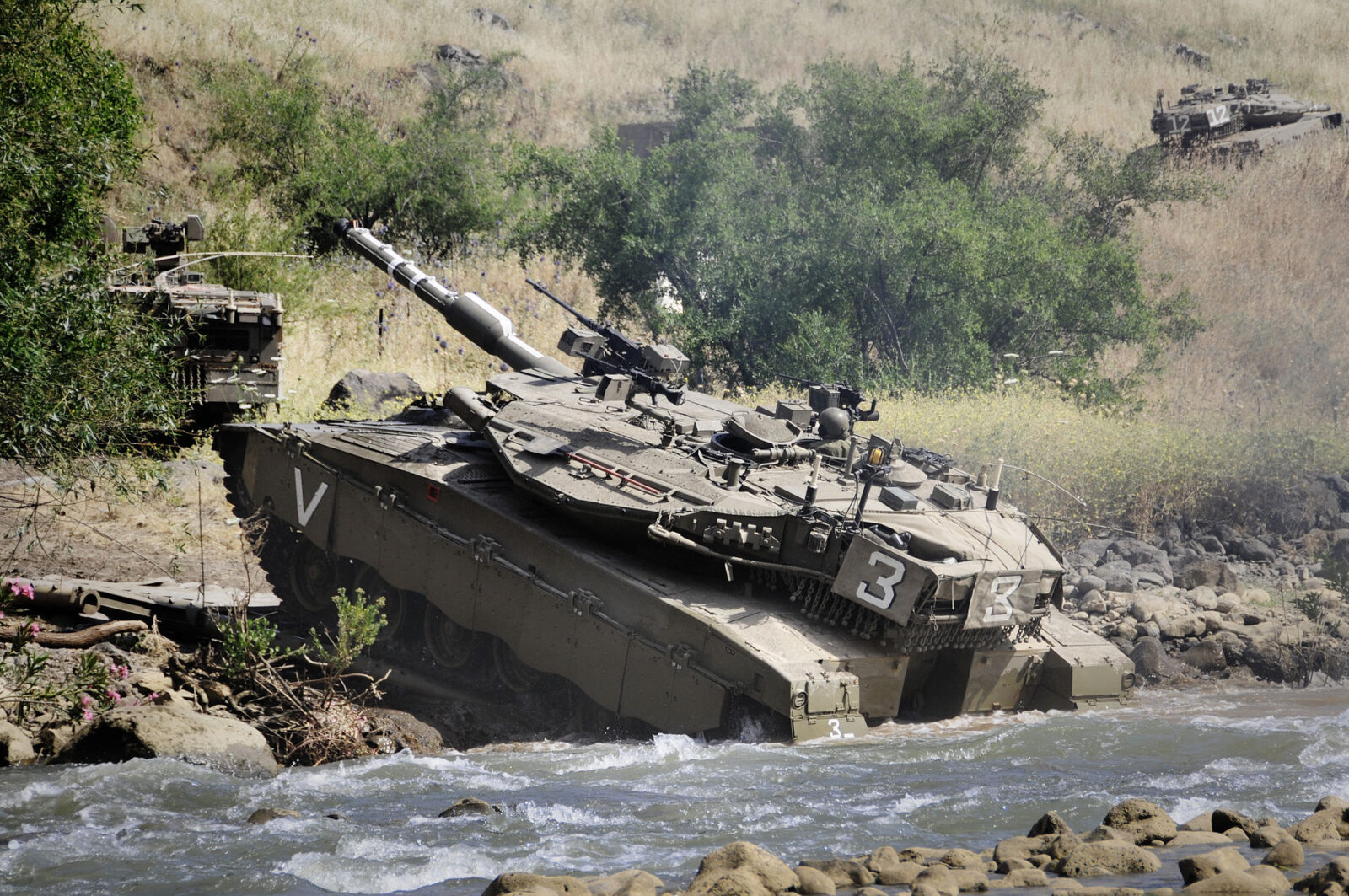
- Merkava Mark 4 (2003): The system includes advanced digital technologies such as command, control, communications, computers and intelligence (C4I) capabilities. It features a modular composite armor system and integrates the Trophy active protection system (APS), designed to intercept anti-tank missiles.
- Merkava 4 LIC: The Merkava is equipped with a turret 12.7 mm caliber coaxial machine gun which enables the crew to lay down fairly heavy cover fire without the use of the main gun, which is relatively ineffective against individual enemy combatants. The most sensitive areas of a tank, its optics, exhaust ports and ventilators, are all protected by a newly developed high-strength metal mesh. Rubber whip pole markers with LED tips and a driver’s rear-facing camera have been installed to improve navigation and maneuverability in an urban environment by day or by night.
- Merkava Barak: New design and development of the Merkava IV. It will be the first tank to have a smart mission computer that will manage the tank’s tasks. This advanced artificial intelligence will reduce the team members’ workload and help them more accurately locate and strike targets.
- Merkava Windbreaker: The latest generation of Israeli-made Merkava IV with Rafael Trophy APS (Active Protection System) nicknamed Merkava Mark IVM Windbreaker, is one of the most protected Main Battle Tanks (MBT) in the world.
In 2023, the Merkava Mark 4 Barak, often mistaken as the “Merkava Mark 5,” began replacing earlier Mark 4 models. This iteration integrates artificial intelligence systems and enhanced situational awareness tools, providing a tactical edge on the modern battlefield.
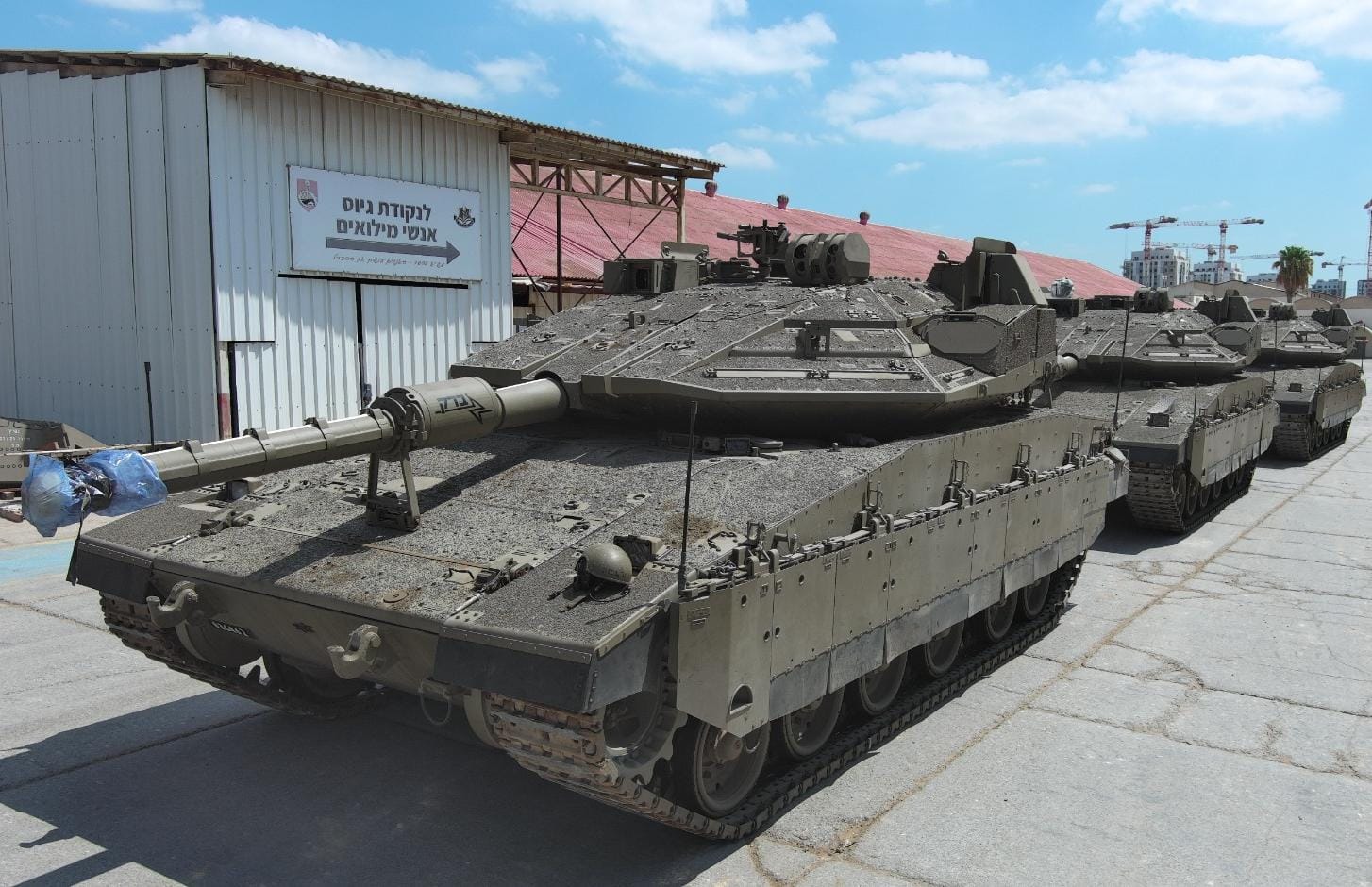
Technological innovations in the Merkava
The Merkava Mark 4 and its variants have incorporated cutting-edge technology that sets them apart from other MBTs, such as the Leopard 2A7, Challenger 2, and M1 Abrams. Some of the most notable innovations include:
Trophy APS: Developed by Rafael Advanced Defense Systems, Trophy provides unparalleled protection by detecting and neutralizing incoming projectiles, such as rocket-propelled grenades (RPGs) and anti-tank missiles. This system proved invaluable in the 2014 Gaza conflict (Operation Protective Edge), where it intercepted numerous threats, preventing damage to the tanks.
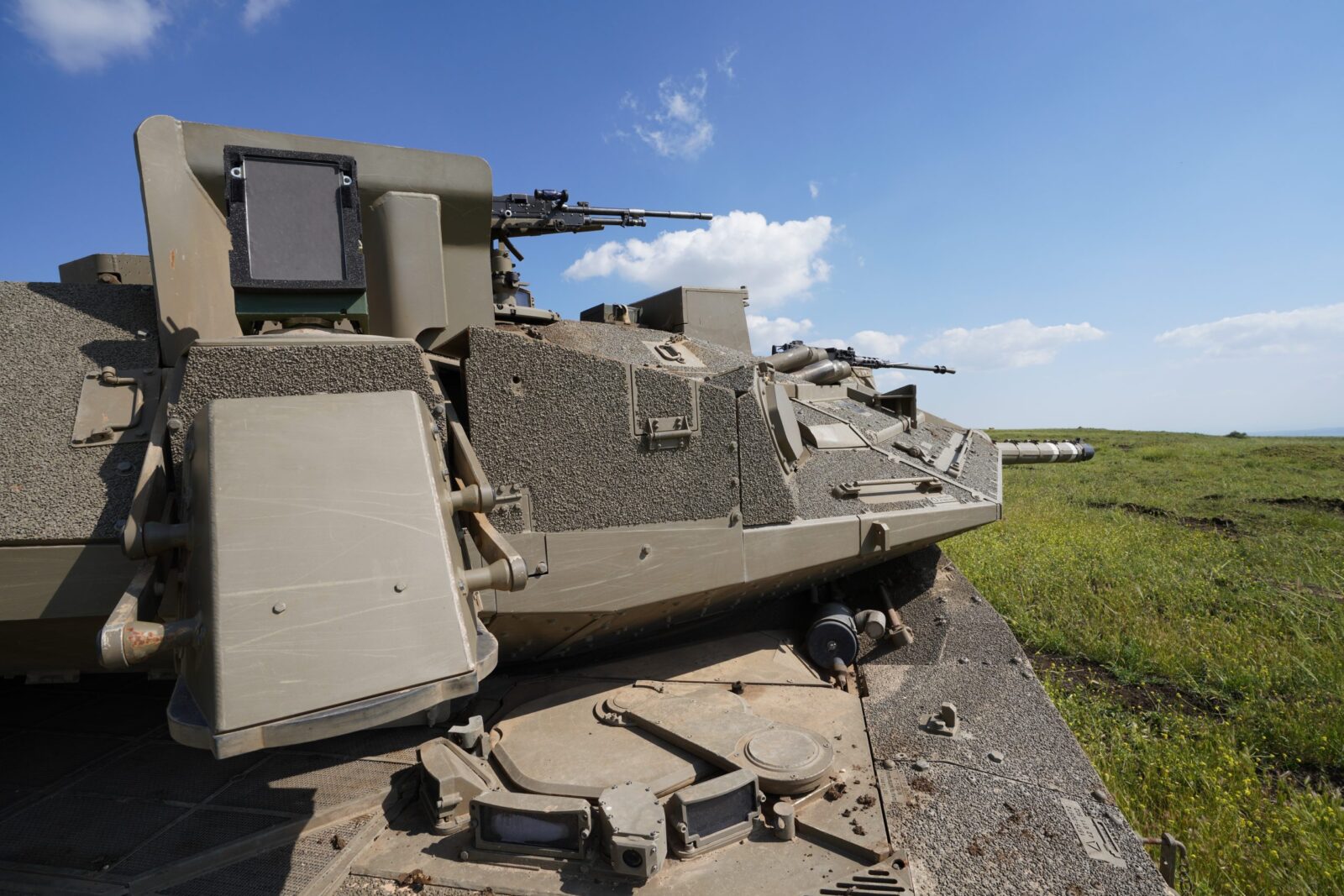
Advanced fire control systems: Merkava’s fire control systems allow for high accuracy in targeting both stationary and moving objects, even in complex environments such as urban warfare. The tank’s ballistic computer and sensors ensure precise shooting capabilities in all conditions.
Modular armor: One of the Merkava’s key features is its modular armor, which can be replaced quickly in the field. This allows for adjustments based on the specific threats of a given operation, whether facing anti-tank missiles or urban combat dangers.
C4I Integration: The Merkava Mark 4 and 4M (Barak) are equipped with a digital battlefield management system (BMS) that allows real-time communication between the tank and command centers. This capability enables better coordination with infantry and artillery units, as well as integration with intelligence systems for more effective battlefield awareness.
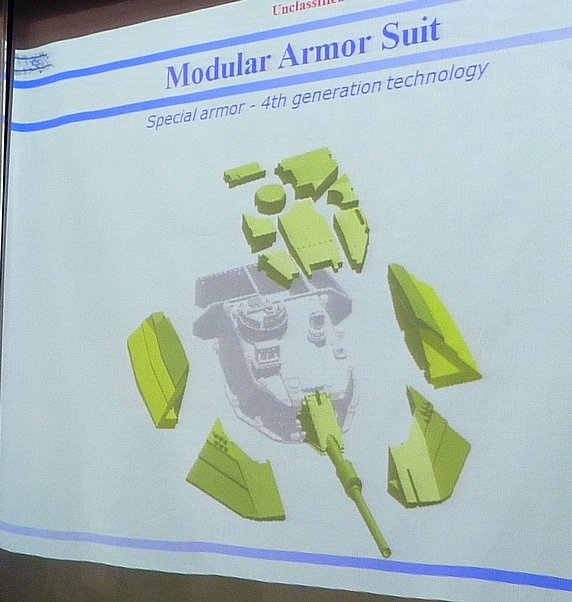
Merkava Main Battle Tank (MBT)
Key features
- Almost vertical hull front, well-sloped glacis plate with a distinct bulge on the right side for the engine. The horizontal hull top extends right to rear, and the driver’s hatch forward of the turret on the left side.
- Turret mounted slightly to the rear of the vehicle with a distinctive pointed front, 105 mm gun with a thermal sleeve and fume extractor, large turret bustle with stowage rack that extends to hull rear, entry hatch in the vertical hull rear.
- Suspension on each side has six road wheels, a drive sprocket front, an idler rear and four track-return rollers. The upper part of the suspension is covered by skirts with wavy bottoms.
Specifications of Merkava MK 1
| Crew: 4 | Length hull: 7.45 meters | Ground clearance: 0.47 meters | Ground pressure: 0.9 kilogran per centimeters | Fuel capacity: 1250 liter |
| Armament: 1 x 105 mm, 1 x 7.62 mm MG (coaxial), 2 x 7.62 MG (anti-aircraft) and 1 x 60 mm mortar | Width: 3.7 m | Power-to-weight ratio: 14.28 horsepower (hp)/tonne | Engine: General Dynamics Land Systems, AVDS-1790-6A V-12 diesel developing 900 hp | Gradient: 70% |
| Ammunition: 62 x 105 mm, 10,000 x 7.62 mm | Height to commander’s cupola: 2.75 ml | Weight, combat: 60,000 kilograms | Maximum road speed: 46 kilometers per hour (km/h) | Side slope: 38% |
| Length gun forwards: 8.63m | Height to turret roof: 2.64 m | Weight, empty: 58,000 kg | Maximum range: 400 km | Armour: Classified, Ballistic(?) |
| Fording: 1.38 m, 2 m (with preparation) | Vertical obstacle: 0.95 m | Trench: 3m | Armour type: Steel/spaced/laminate | NBC system: Yes |
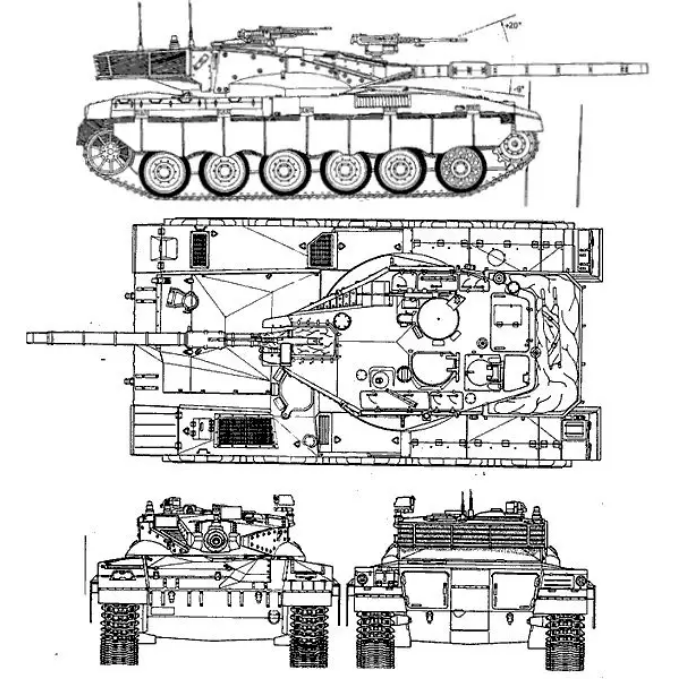
Specifications of Merkava MK 2
| Armament: One 105 mm rifled gun, three 7,62 mm machine guns, one 12,7 mm machine gun, one mortar 60 mm, and 12 smoke dischargers. | Weight: 61,000 kg |
Country users: Israel | Speed: 61 km/h |
| Combat Equipment: Computerized firing control system, NBC protection, and thermal night vision. | Range: 500 km |
| Crew: 4 | Dimensions: Length: 7.45 m; Width: 3.70 m; Height: 2.64 m |
| Armor: Laminated armor and special armor |
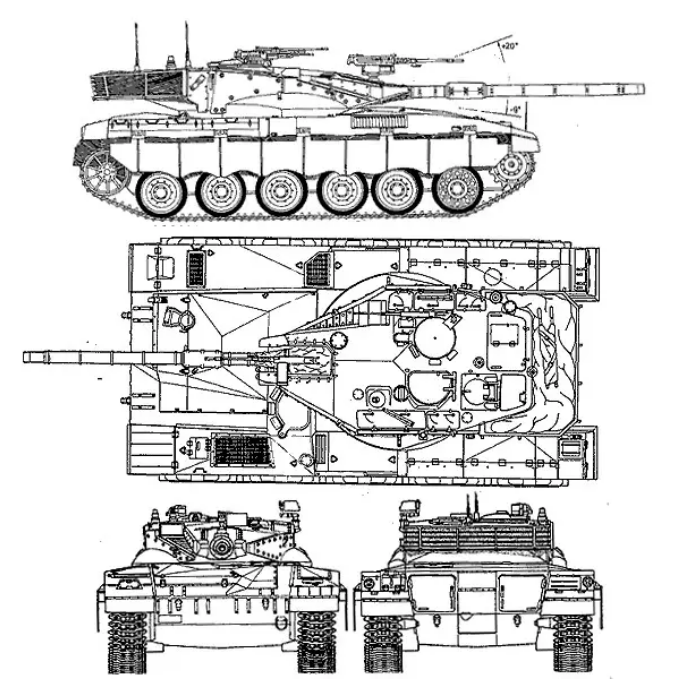
Specifications of Merkava MK 3
| Armament: One 120 mm rifled gun, three 7.62 mm machine guns, one mortar 60 mm, and 12 smoke dischargers. | Dimensions: Length: 7.60 m; Width: 3.70 m; Height: 2.65 m |
| Combat Equipment: Firing gun computer control system, NBC protection, thermal night vision. | Range: 500 km |
| Crew: 4 | Speed: 60 km/h |
| Armor: Modular special armor | Weight: 65,000 kg |
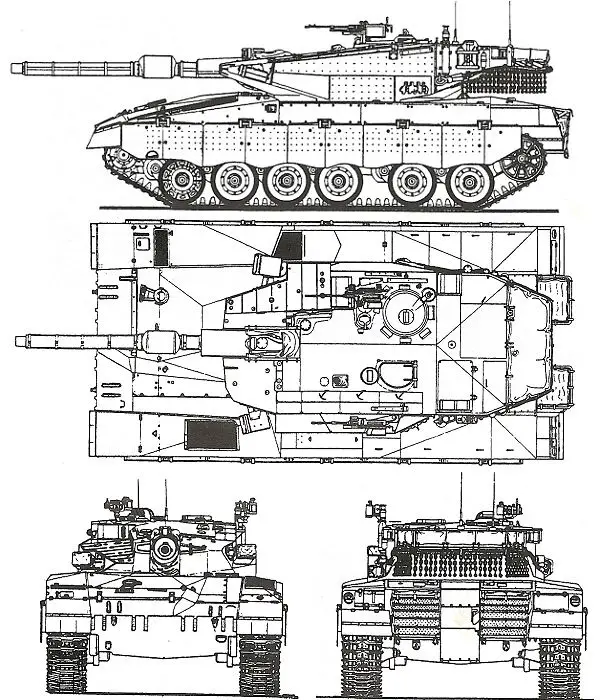
Specifications of Merkava MK 4
| Armament: One 120 mm rifled gun, three 7,62 mm machine guns, one 12.7 mm machine gun, one mortar 60 mm, and 12 smoke dischargers. | Dimensions: Length: 7.6 m hull; Width: 3.72 m; Height: 2.66 m |
| Combat Equipment: Firing gun computer control system, NBC protection system, night vision | Range: 500 km |
| Crew: 4 | Speed: 60 km/h |
| Armor: Composite matrix of laminated ceramic-steel-nickel alloy. Sloped modular design. | Weight: 65,000 kg |
